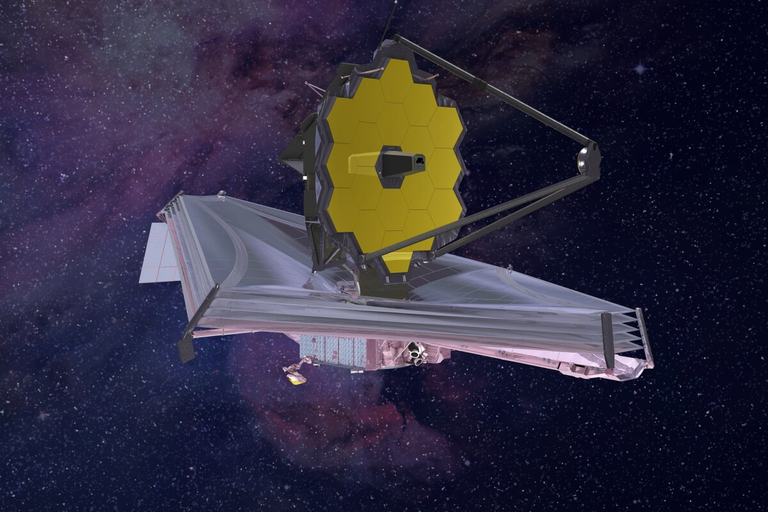NASA, the European Space Agency, and the Canadian Space Agency have jointly developed the James Webb Spain Telescope. The construction cost about 10 billion! This telescope will take a closer look at the infinite space and present the oldest galaxies at the beginning of the creation of the universe billions of years ago. It will tell the history of their evolution.

link
It will take about 30 days for the James Webb Space Telescope to breach its permanent position (Lagrange Point - a gravitationally stable position in space) (traveling 1.5 million kilometers). The James Webb Space Telescope will orbit the Sun at the second Lagrange Point (L2). L2 is a space in the vicinity of the Earth opposite the Sun, this orbit will allow the telescope to be in harmony with the Earth as it orbits the Sun. It is a popular destination for a few more space telescopes, including the Herschel Space Telescope and the Planck Space Observatory. NASA says it will be the largest and most powerful telescope ever sent into space. The James Webb Space Telescope is scheduled to be launched on December 24. Scientists believe that this telescope will observe the events of the past billions of years from the deepest depths of space, which has never been possible before. Astronomers also hope that the telescope will be able to reveal to humans the events and background of the universe's youth, just a few hundred million years after the Big Bang. The Hubble Telescope also tracked the oldest galaxy in the universe, GN-Z11, at a distance of 13.4 billion years.
According to NASA, the James Webb Space Telescope will focus on four main areas:
- The light of the universe
- The formation of galaxies in the early universe 3) The birth of stars and the protoplanetary system and
- Origin of the planet and life.
In the words of Begonia Villa, an instrument systems engineer at NASA's Goddard Space Flight Center, "The James Webb Space Telescope will look back 13.5 billion years, when the galaxies of the universe evolved, with a very high goal in mind." The purpose of our observations is to observe how galaxies evolve and evolve to reach the stage we live in today, as well as to look at the first stars and to identify elements such as water, carbon dioxide, and methane because these elements form life. Hints. The James Webb Space Telescope will bring to our attention the very first galaxies that gave birth to the second generation of stars.
